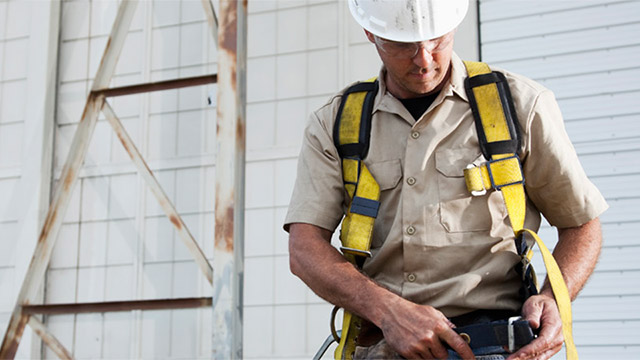A time to renew our safety focus
Put safety first
By Lance Simons
Despite its statistical improvements over the past five years, the construction industry remains a hazardous industry according to the Bureau of Labor and Statistics. With our efforts continually focused on the latest safety fad, concept or slogan campaign, we have neglected the fundamental practices and behaviors that can have the greatest impact on our ability to deliver projects safely.
It is time to revisit our safety efforts by shifting our focus back to proven practices that demonstrate the essential principles required to foster a culture of safety in an industry that adamantly touts safety first. Clear and continuous communication with craft professionals and a visible commitment to safety by project leadership should be instilled as cornerstones of any safety program. This can be achieved by placing an emphasis on the following project safety practices.
Value the safety orientation process
Safety orientation is the single most important means for project leadership to set expectations for safety. Although most orientations are conducted during the busiest time of day, it is vital that the project superintendent makes time to look individuals in the eye and impart safety expectations and goals for the individual and for the project. The safety orientation is a project leader’s first opportunity to make a meaningful first impression to the workforce.Make time for pre-planning
It is important to invest time in the pre-planning process. When the crew leader takes time to ensure the team is properly prepared for a task, the team is more likely to be focused and prepared to deliver. On each day before the first production activity, the team should assemble, plan for the day’s activities and inspect the work area to eliminate all recognized hazards. Pre-planning provides an opportunity for craft professionals to participate in the safety process and sets the tone for daily activities. Any changes in means, methods or crew membership should prompt the crew leader to stop, reevaluate and communicate the modified conditions. The encouragement of this behavior by project leadership illustrates a firm commitment to safety and fosters increased participation throughout the project.Conduct post-audit team reviews
Safety audits allow us to identify unsafe acts or conditions. If we identify an unsafe act, we are quick to take action against the craft professional when, in fact, the responsibility often lies with leadership. Unsafe acts or behaviors often result from a lack of training, support, tools or equipment required to perform a task safely. Documenting all hazards ensures that as many project team members as possible are gathered to review the findings and discuss ways to eliminate future occurrences. This effort will provide first-hand hazard recognition training, promote more participation in the overall safety process and provide project leadership the opportunity to take action if an unsafe act or behavior was the result of a lack of training, tools or equipment.Support and recognize safe efforts and behaviors
Look for ways to recognize and encourage safety contributions or actions at every opportunity. Simply recognizing a crew for completing a work activity safely has immeasurable value when done so in front of peers. When identifying an unsafe act or violation within work crews, correct the individual, but also be sure to champion those crew members who were working safely. Coach each crew member to take a more proactive approach in correcting fellow coworkers.When leadership demonstrates the importance of safety through its actions, the craft workforce is prepared and empowered to perform the work in a manner that earns the industry’s proclamation of putting safety first.
About the Author
Lance Simons is the Corporate Safety Director for Haskell located in Jacksonville, Florida. He has over 25 years of experience in the construction industry and is an active member of both NCCER and SCOAR Safety Committees. He is also an NCCER Certified Craft Instructor and Master Trainer.
This article was originally published in the Spring/Summer 2015 edition of NCCER’s The Cornerstone magazine (http://www.nccercornerstone.org/publications/publications-archive). This content has been republished with the permission of NCCER and the publisher.



















